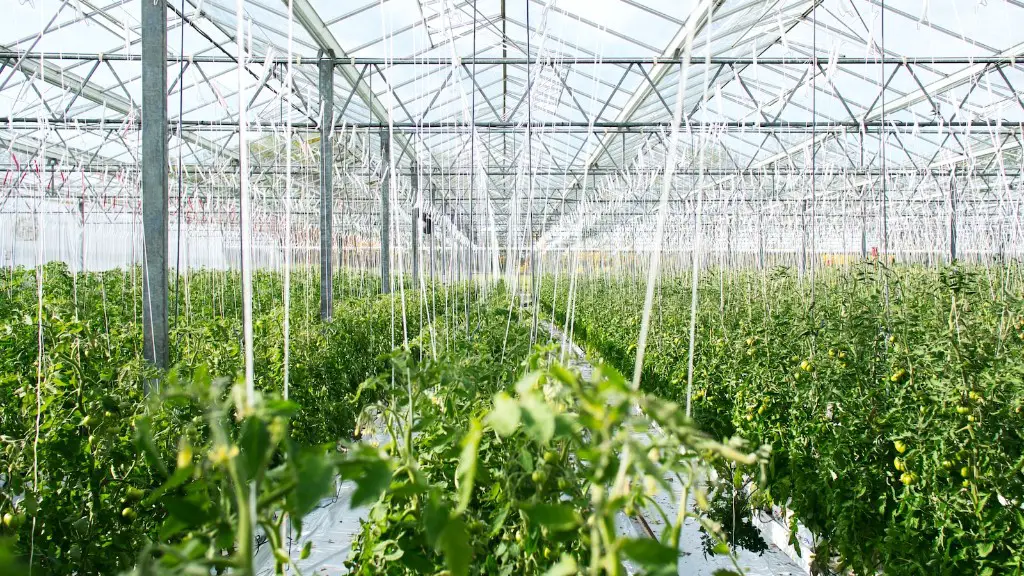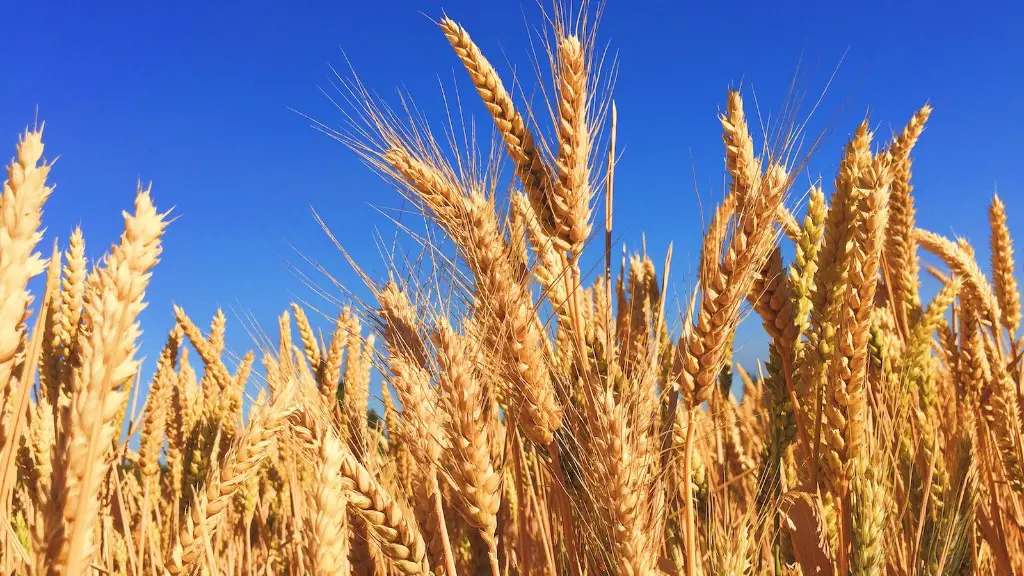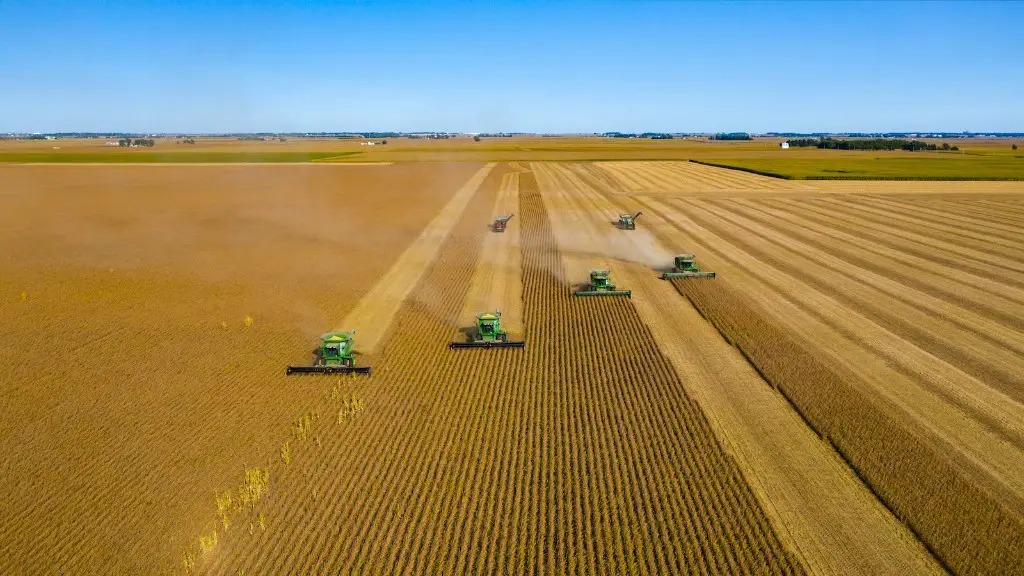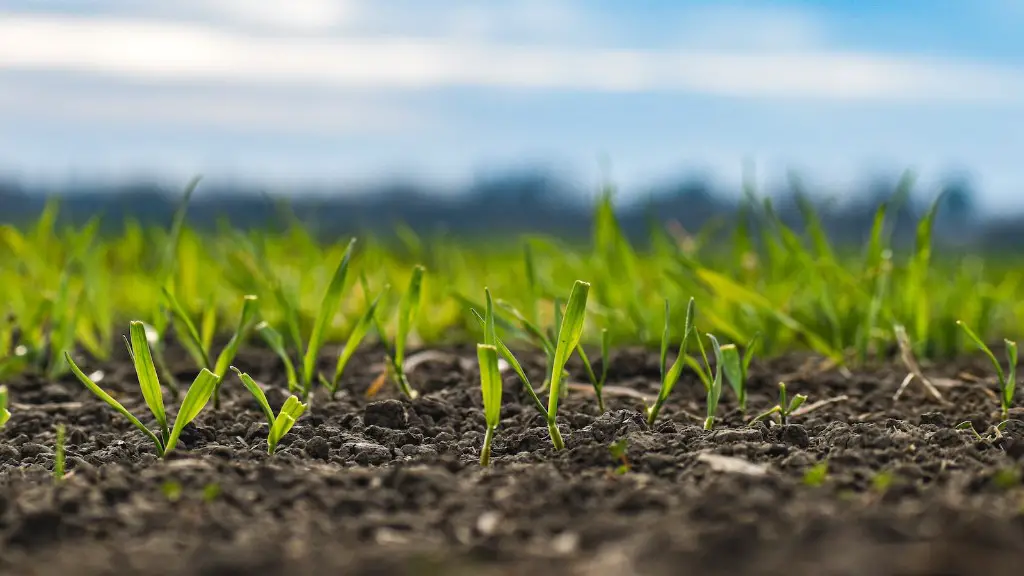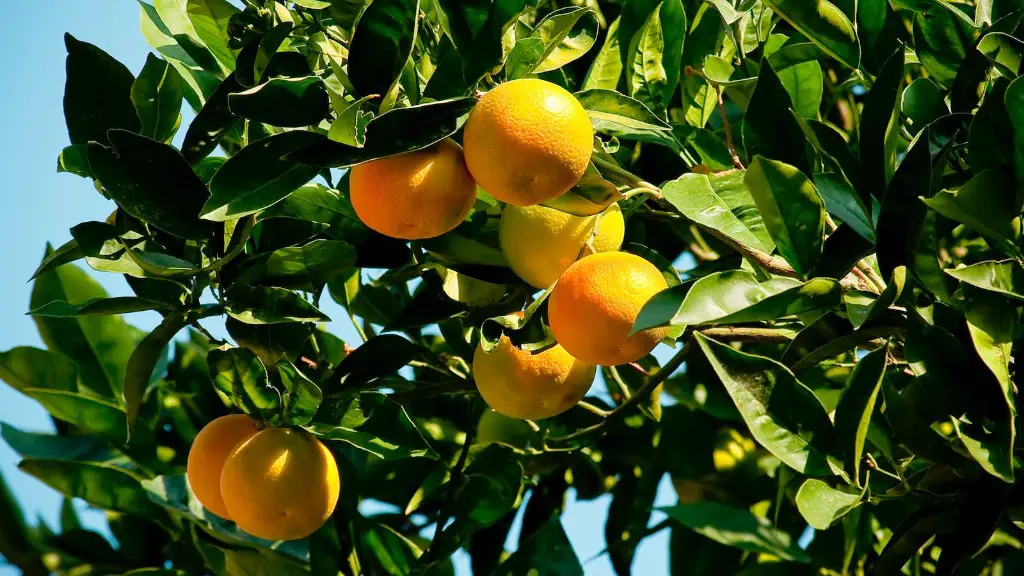The challenges of agriculture vary depending on the region, but they typically include things like extreme weather conditions, soil erosion, and pests. In some parts of the world, farmers also have to contend with scarce water resources. With rising global temperatures, extreme weather conditions are becoming more common, which can decimate crops and lead to food shortages. Soil erosion is another major challenge, as it can reduce crop yields and lead to soil degradation. Pests can also ravage crops, and in some cases, they can even transmit diseases to humans.
While there are many challenges that come with working in the agricultural industry, some of the more common ones include:
1. Weather patterns and conditions can have a major impact on crops and yields, which can be difficult to predict or plan for.
2. Pests and diseases can also cause problems for crops, leading to lower yields or even total crop failure.
3. Soil fertility can decline over time, making it necessary to constantly monitor and adjust fertility levels.
4. Water availability can also be an issue in some areas, making irrigation a critical part of crop production.
What is the biggest challenge facing agriculture today?
Climate change is a reality that farmers must face. With only 12% of the world’s land suitable for farming, and agriculture accounting for 70% of the world’s fresh water use, farmers must adapt their practices to address the threat of climate change. Agriculture, forestry, and other land use account for 23% of greenhouse gas emissions, making it a major contributor to climate change. Farmers must adopt practices that help to mitigate the effects of climate change, such as planting trees, using cover crops, and reducing tillage. They must also take steps to adapt their farms to the changing climate, such as developing drought-resistant crops.
There are seven key factors influencing the US farm economy in 2022:
1. Supply chain shortages and bottlenecks: One of the central headlines in 2021, supply chain shortages and bottlenecks are expected to continue well into 2022. This will put upward pressure on prices and put farms in a difficult position.
2. Inflation: Inflation is expected to increase in 2022, which will eat into farm profits.
3. Interest rates: Interest rates are expected to rise in 2022, which will increase the cost of borrowing for farmers.
4. Severe weather: Severe weather can cause crop damage and disrupt supply chains, both of which can impact farm profitability.
5. Federal spending: Federal spending on programs like crop insurance and disaster relief can impact the farm economy.
6. Legislation: Changes in legislation, like the recent farm bill, can impact the economics of farming.
7. Trade: Trade policy can have a big impact on the farm economy, both in terms of exports and imports.
What are three major issues in agriculture today
1) Production expenses: With the increasing costs of inputs such as seed, fertilizer, and labor, farmers are facing higher production expenses. This is a key issue that will need to be addressed in the coming years.
2) Farmland markets: The farmland market has been strong in recent years, but there are concerns about how long this will continue. There is also the question of whether farmland is becoming too expensive for younger farmers to get started in the business.
3) Another year of strong farm income?: Farm income has been strong for the past few years, but there are concerns about how long this will continue. There is also the question of whether the current level of farm income is sustainable.
4) Grain stocks: There are concerns about the level of grain stocks, both in terms of the size of the stocks and the quality of the grain. This is a key issue that will need to be addressed in the coming years.
5) China, China, China: China is a major importer of agricultural products, and their demand is a key factor in the agricultural market. There are also concerns about the impact of China’s economic slowdown on the agriculture sector.
6) Supply chains: The increasing globalization of
Conventional farming is the main contributor to climate change, polluting air and water, and depleting soil fertility. This system of farming needs to be changed in order to protect our environment.
What are at least 3 factors that affect farming agriculture?
Environmental factors that play a role in crop production include terrain, climate, soil type and soil moisture. The interplay of these factors determines which crops can be grown in specific areas. For example, crops that require a lot of water cannot be grown in areas with limited water resources. Similarly, crops that require warm temperatures cannot be grown in cooler climates.
Agriculture is one of the leading causes of environmental degradation. Agriculture contributes to climate change, deforestation, biodiversity loss, dead zones, genetic engineering, irrigation problems, pollutants, soil degradation, and waste. These problems are causing environmental degradation and need to be addressed.
What are 3 challenges facing agriculture in the future?
The agricultural industry is facing many challenges in the near future. Three primary issues are agricultural trade, tax reform and the new farm bill. These issues could have a major impact on farmers and livestock producers across the country. Agricultural trade is important for many farmers, as it allows them to sell their products to other countries. However, the current trade situation is uncertain, as the US is in the process of renegotiating NAFTA. Tax reform is another major issue facing farmers. The new tax law could have a significant impact on farm businesses. Finally, the new farm bill is being debated in Congress. This bill could have a major impact on farm programs and funding.
If you’re looking for a new place to call home, Canada might be the perfect choice! Here are just a few of the reasons why relocating to Canada could be a great decision:
-Lack of modernization and mechanization: One of the things that makes Canada so special is its lack of modernization and mechanization. This gives the country a more natural and rustic feel that many people find appealing.
-Illiteracy: Canada has a very low illiteracy rate, which means that you’ll have no trouble finding people to communicate with.
-Ignorance: Canadians are generally very open-minded and tolerant people. You’ll find that there’s a great deal of respect for different cultures and beliefs.
-Lack of funds: Canada is a very affordable country to live in. You’ll be able to enjoy a high quality of life without breaking the bank.
-Poor infrastructure/ lack of social amenities: While the infrastructure in Canada isn’t perfect, it’s still far better than what you’ll find in many other countries. You’ll also have access to plenty of social amenities, such as hospitals, schools, and public transportation.
-Absence of modern storage/processing facilities: One of the
What are the 5 factors that affect agriculture
Climate, soil type, irrigation, technology, and population density all play a role in agriculture. The type of climate can determine what crops will grow best in an area. Soil type is important for determining what crops can be grown and how well they will grow. Irrigation is necessary for most crops, especially in areas with low rainfall. Technology can be used to help increase yields and improve crop quality. Population density is a factor because it affects the amount of arable land available and the amount of labor that is available.
Organic farming is a more sustainable and environmentally friendly option compared to conventional agriculture. Organic agriculture practices can help to reduce greenhouse gas emissions, soil erosion, water pollution, and the threat to human health posed by toxic pesticides. While organic farming may have a smaller carbon footprint overall, it can help to conserve and build soil health, and replenish natural ecosystems. This in turn can lead to cleaner water and air, and a healthier environment for all.
What are the pros and cons of agriculture?
The pros of agriculture outweigh the cons for the most part. Agriculture has allowed humans to become experts in their field by developing artists, leaders, and scribes. The domestication of crops has also lead to the rise of civilizations. However, there are some cons to agriculture. One is that there can be conflicts over access to the food supply. Another is that weather conditions can damage crops.
Mark Jones is a Senior Fellow at the Center for Global Development. He has worked for many years on development issues in Africa, including as Director of the World Bank’s Development Research Group for Africa. In this role, he led a team of more than 100 economists and other social scientists in research on a wide range of topics, including growth, poverty, agriculture, education, health, and governance. He has also taught at Harvard University and the University of California, Berkeley.
Jones has authored or co-authored numerous books and articles, including most recently Africa’s Turn? (with Nancy Birdsall, eds., Brookings Institution Press, 2011). He is a member of the Advisory Board of the Center for Global Development.
What are the 5 biggest environmental problems caused by food and agriculture
Food production is a major contributor to environmental problems. The main problems are water use and water pollution, greenhouse gas emissions, environmental contaminants and pollutants, depletion of natural resources, and waste.
Water use is a major problem because it takes a lot of water to grow food. The majority of the world’s fresh water is used for agriculture. This has led to water shortages in many parts of the world.
Water pollution is another major problem. Agricultural activities can lead to water pollution from pesticides, fertilizers, and animal waste. This water pollution can contaminate drinking water and harm aquatic life.
Greenhouse gas emissions from food production are a major contributor to climate change. The main greenhouse gases emitted by agriculture are carbon dioxide, methane, and nitrous oxide.
Environmental contaminants and pollutants can also be a problem. Many pesticides and fertilizers used in agriculture are hazardous to human health and the environment. Animal waste can also contaminate the environment with pathogens and other pollutants.
Depletion of natural resources is another problem associated with food production. Agriculture is a major user of water, land, and other resources. This can lead to the depletion of these resources.
Waste is also a major problem. Food production generates a lot
Agricultural distribution is determined by a variety of factors, most notably climate, soil type, land tenure, market access, and transportation infrastructure. All of these factors interact with one another to shape the agricultural landscape.
Climate is perhaps the most important factor, as it determines what crops can be grown in a particular area. Soil type is also important, as different crops prefer different types of soil. Slope also affects the type, depth, and moisture content of soil.
Land tenure is another significant factor, as it determines who has the right to use the land for agricultural purposes. Market access is also crucial, as farmers need to be able to sell their products in order to make a living. Finally, transportation infrastructure is essential for getting crops to market.
What are 4 potential risks of modern agricultural practices?
The study found that there are four major impacts of climate change that are visible in communities. These are occupational hazards, vector borne diseases, changing nutritional status, and inequity in development. Each of these impacts has serious implications for people’s health and wellbeing.
Climate change is a major threat to public health. It is important to be aware of the potential impacts of climate change so that we can take steps to protect ourselves and our communities.
Agriculture has a huge impact on society. It provides food for people to eat, habitat for animals and plants, and jobs for people to do. It also provides raw materials for food and other products. Agriculture also helps to build strong economies through trade.
Final Words
There are many challenges that farmers face when it comes to agriculture. One of the biggest challenges is the weather. Farmers have to deal with extreme weather conditions that can damage crops and affect the yield. Another challenge is pests and diseases. pests and diseases can destroy crops and make it difficult for farmers to produce food. Another challenge is the price of inputs. Farmers have to pay for seed, fertilizer, and other inputs, which can increase the cost of production.
The challenges of agriculture are many and varied, but some of the most common ones include climate change, pests and diseases, soil and water depletion, and dwindling labor resources. These challenges are all interrelated, and finding solutions to them will require a concerted effort from the agricultural community, government, and the general public. With rising concerns about food security, it is imperative that we find ways to overcome these challenges and ensure that our agricultural system is sustainable in the long term.
